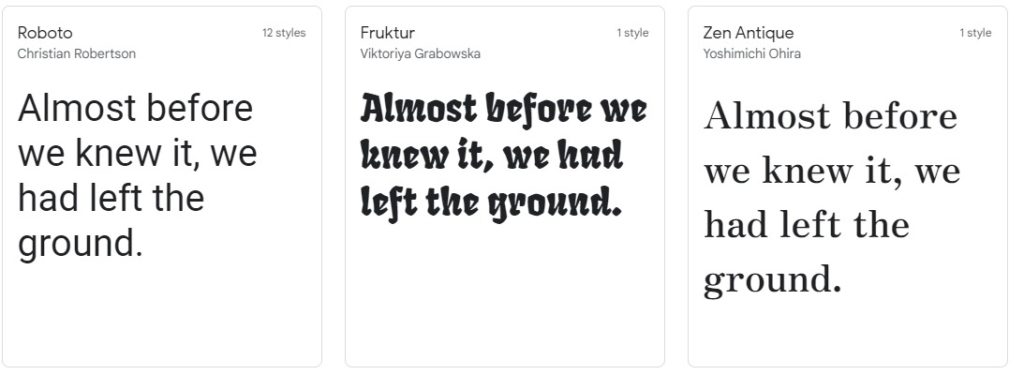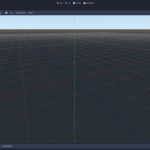The difference between a fixed font and a proportional font is the same as the difference between your favorite shirt and your favorite pair of jeans. One stays the same, no matter how often you wear it, while the other adjusts to fit its environment. This article will explore why this distinction matters so much in typography design.

Table of Contents
Differences between a fixed font and a proportional font
A fixed font is one whose letters do not change in height, so for example, no matter how many times you use it in a row, all of the letters will appear the same height. A proportional font is one where each letter can change to accommodate different amounts of space available.
The difference between proportionally spaced fonts and fixed-width fonts is twofold: firstly they are designed differently; secondly, their usage has traditionally been restricted by the limitations of printing presses.
A proportional font needs more data than a fixed-width font does because there are more variations possible with every character – this means that when you go to print something using a proportional typeface on an old-style printing press (which prints each line based on column positions) you have to make sure that the word processor/text editor you are using has the ability to set your column width to accommodate for this extra information – if not, then switching to a fixed-width font will probably work better.
Because proportional fonts have more variations with each character, they often end up being much smoother and closer to what we imagine handwriting to look like when printed out.
For example, take “i” and “w”. The bottom of the “i” curves rightwards so it touches another letter whereas the bottom of the “w” goes straight down so it doesn’t touch anything else.
With a proportionally spaced typeface, there are enough pixels for both parts of the curve, which makes this distinction disappear (although our brains still see it).
Why do fonts need to be adjusted?
For one thing, if they’re not adjusted to accommodate different amounts of space available then it can cause confusion for readers who are trying to read them quickly or skim through them without focusing too much on each word.
A lot of people scan for information online these days by just skimming over pages rather than reading every word carefully; because of that, it’s important for fonts to accommodate skimmers so they’re not confused by reading out loud.
Additionally, these differences between fixed and proportional fonts can sometimes be a matter of life and death in the medical field.
For example, in a hospital environment, it’s important for doctors to know which medications are appropriate for their patients and what quantities should be administered because mistakes in spelling or dosage can have potentially fatal consequences.
These life-or-death scenarios make font choice a much more serious decision than it is in other fields such as graphic design where typography simply compliments visual content.
In fact, your choice of font can influence how much someone likes you when they read the message you send them!
What are the advantages of the fixed-width font?
The main advantage is that they take up less space. This makes them ideal for applications where the economy is important, such as programming or interface design.
Another thing to consider about fixed-width fonts is that sometimes it does not really matter if one letter touches the other one just a little bit – it might be even more desirable because it actually creates a smooth connection between letters like in “fi” or “fl”.
This can’t be done with proportional typefaces (although some designs come close) without either reducing the character’s thickness, which would make them harder to read or by cramming two separate images into each glyph, which also doesn’t look that good. So this is really something that varies depending on the design.
